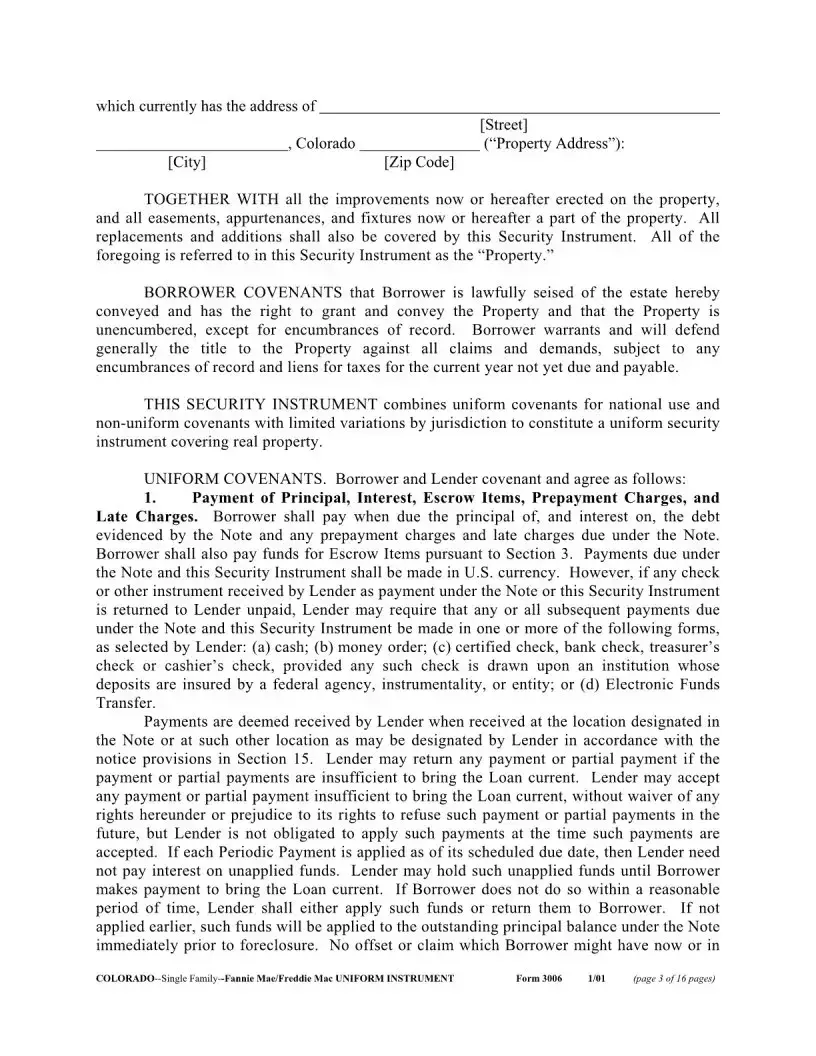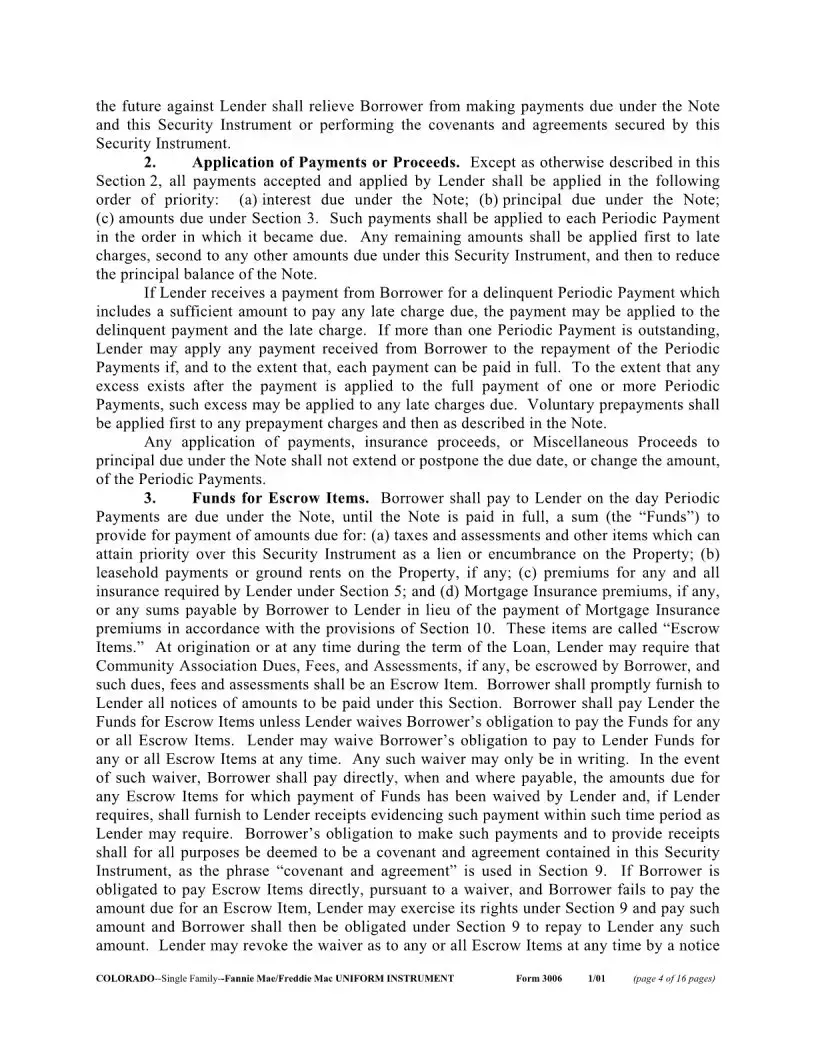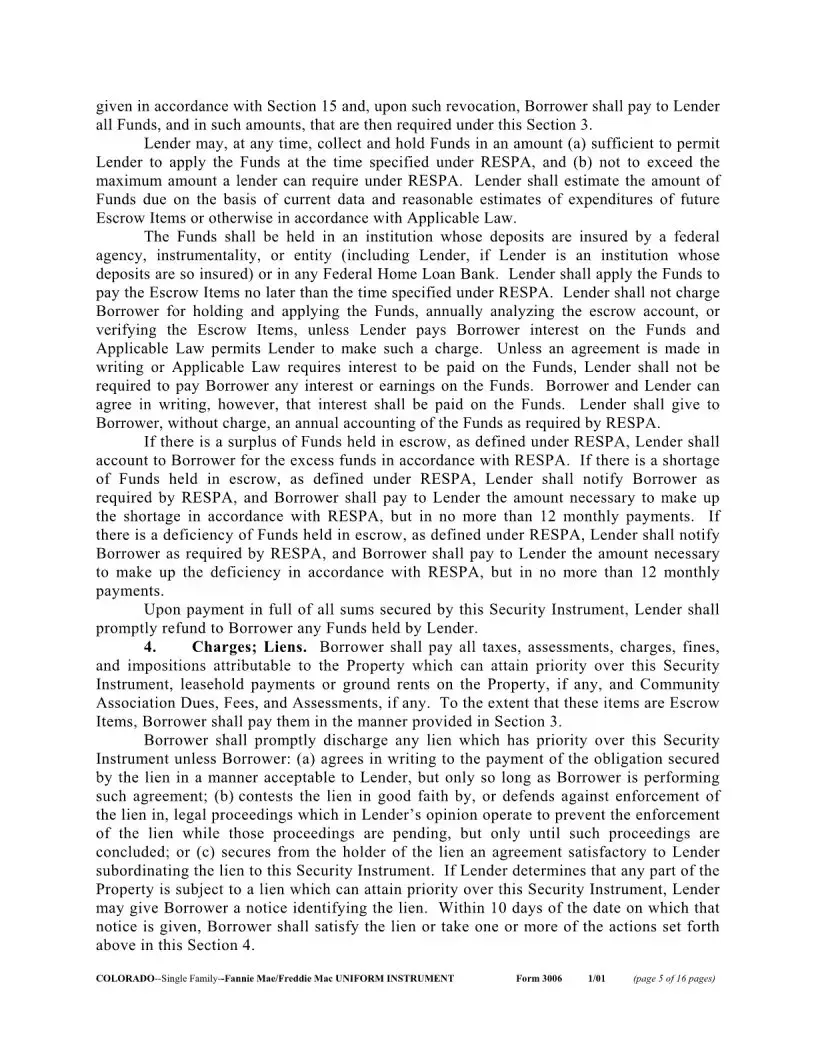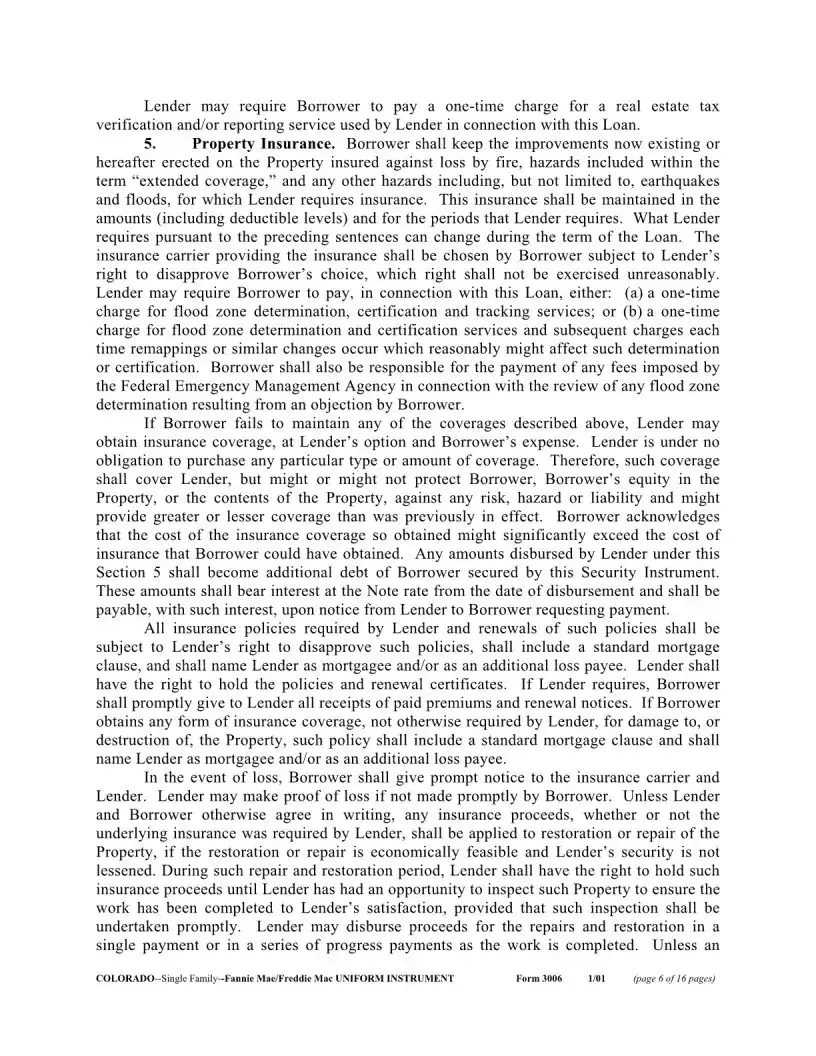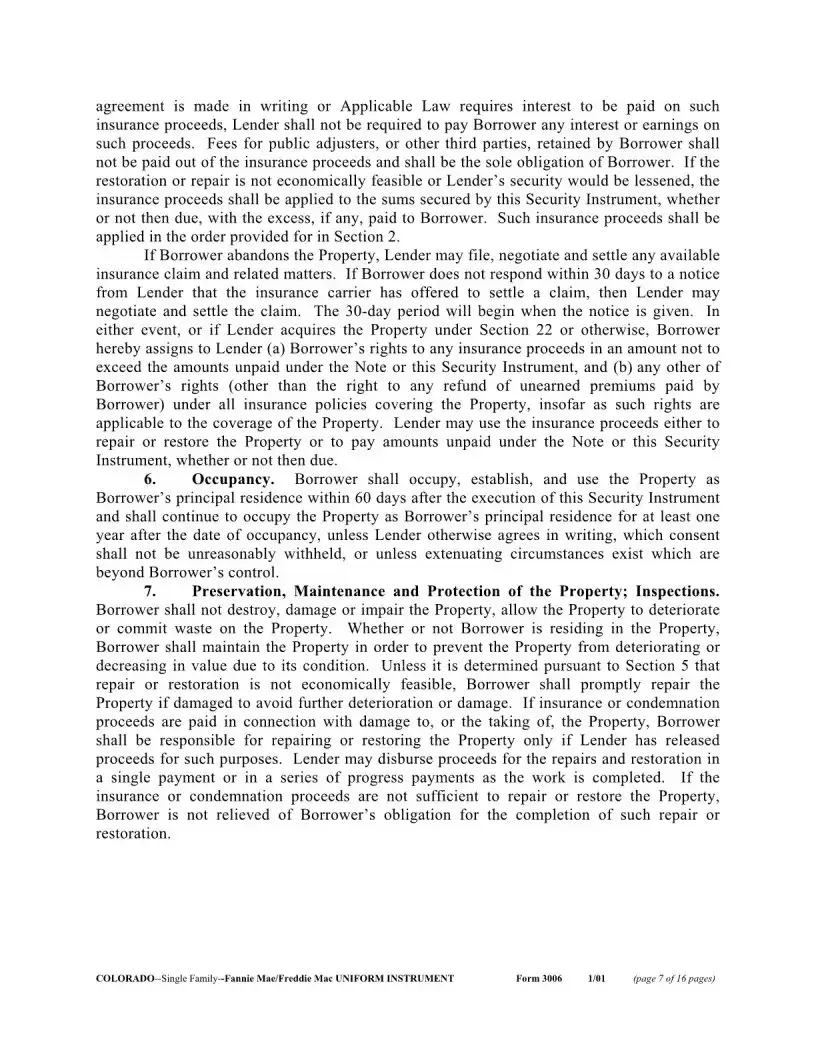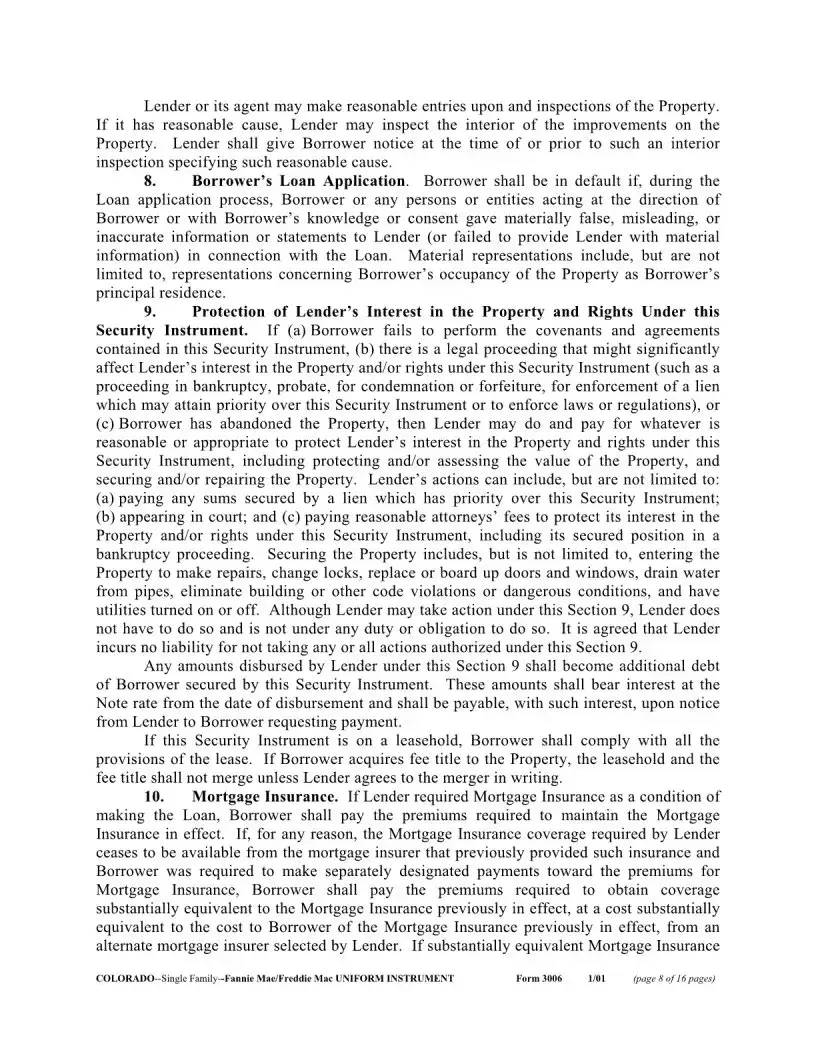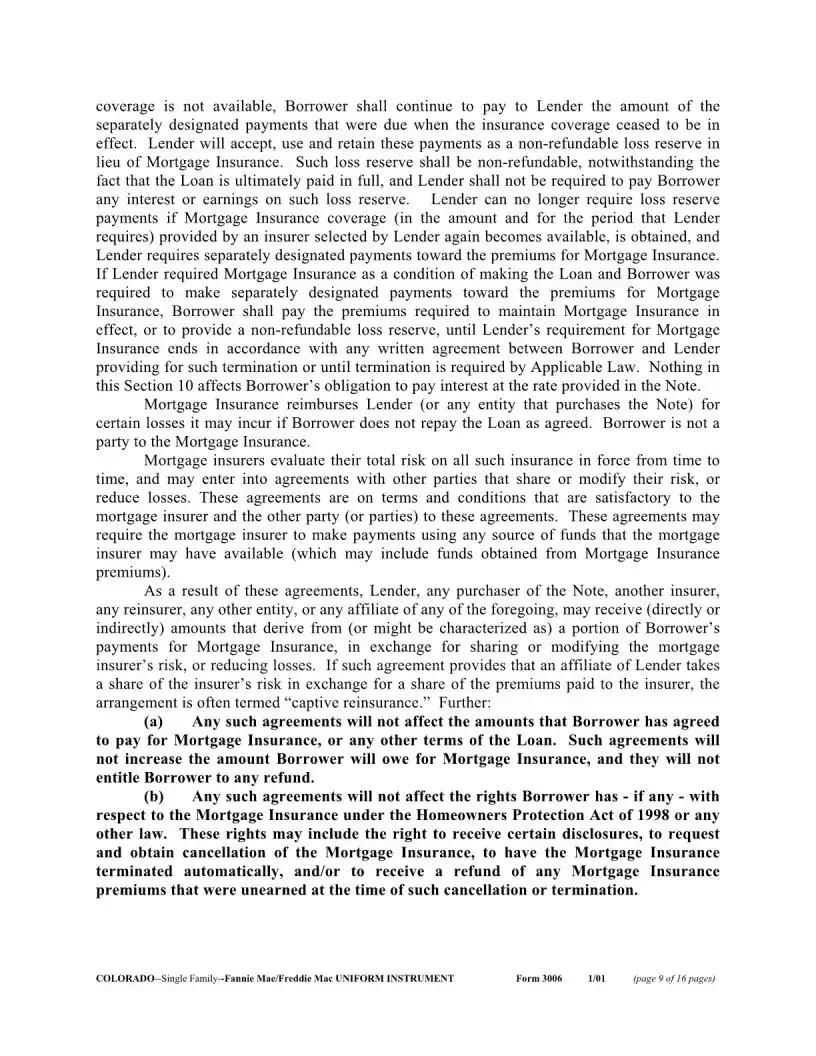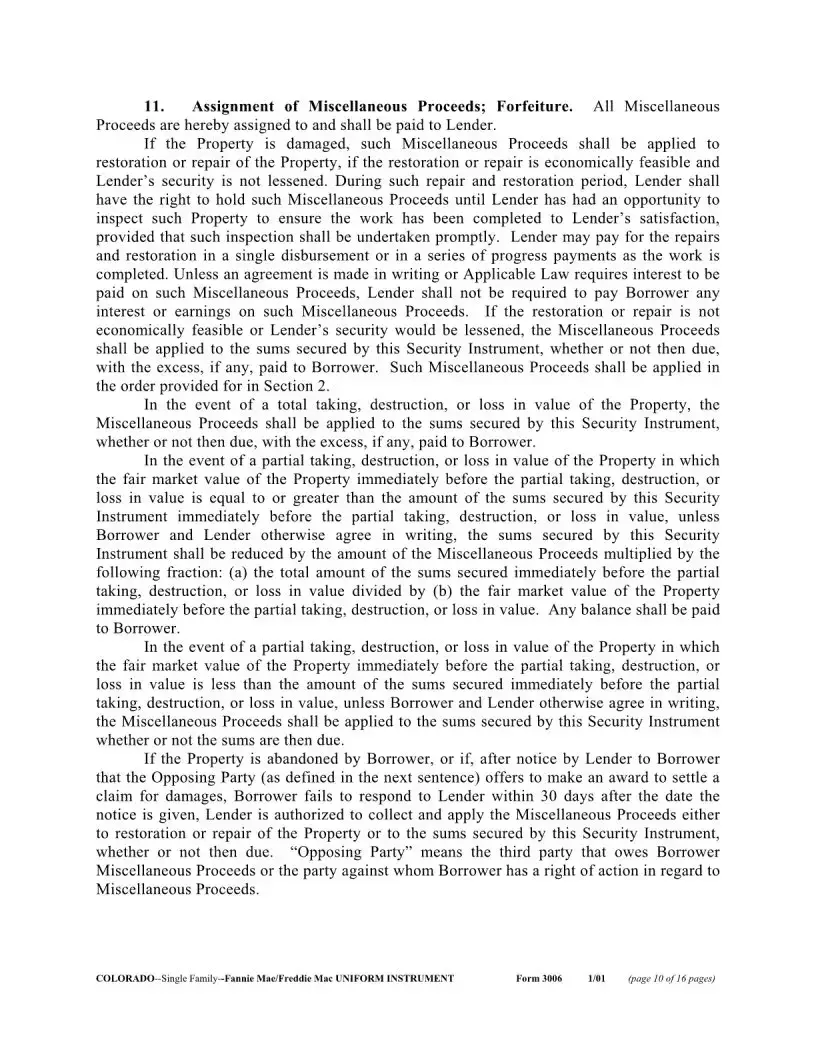What is the Colorado 3006 form?
The Colorado 3006 form, known officially as the Petition for Allocation of Parental Responsibilities, is a legal document used in the state of Colorado. It is filed by parents or guardians who are seeking to establish or modify custody and decision-making responsibilities for a minor child. This form is a necessary step in the legal process to determine how parenting time and decision-making will be shared or allocated post-separation or divorce.
Who needs to file the Colorado 3006 form?
Any parent or guardian who wishes to establish or modify parenting time (custody) or decision-making responsibilities for a child in Colorado should file the form. It is particularly relevant for those undergoing separation or divorce, but can also be used by parents who were never married, provided they meet Colorado's legal requirements for filing.
How do I file the Colorado 3006 form?
Filing the form involves several steps. First, the form must be completed with all required information, including details about the child, both parents, and the proposed arrangements for parenting time and decision-making. Once completed, the form should be filed with the court in the county where the child lives or where a previous order regarding the child was issued. There may be a filing fee, which varies by county. After filing, the other parent must be formally notified of the petition, typically through a process server or certified mail.
What happens after I file the Colorado 3006 form?
After the form is filed and the other parent is notified, there may be a court hearing. During this hearing, both parents can present their case, and a judge will make decisions about parenting time and decision-making responsibilities based on the child's best interests. In some cases, the parents may be required to attend mediation before the hearing to try to reach an agreement. The court's decision will then be formalized in a court order.
Can I modify an existing parenting time or decision-making order with the Colorado 3006 form?
Yes, the Colorado 3006 form can also be used to request changes to an existing order regarding parenting time or decision-making responsibilities. To do so, the requesting party must demonstrate that there has been a significant change in circumstances since the original order was made and that the proposed changes are in the best interests of the child. The process for modifying an order is similar to filing a new petition, including notifying the other parent and possibly attending a court hearing.


